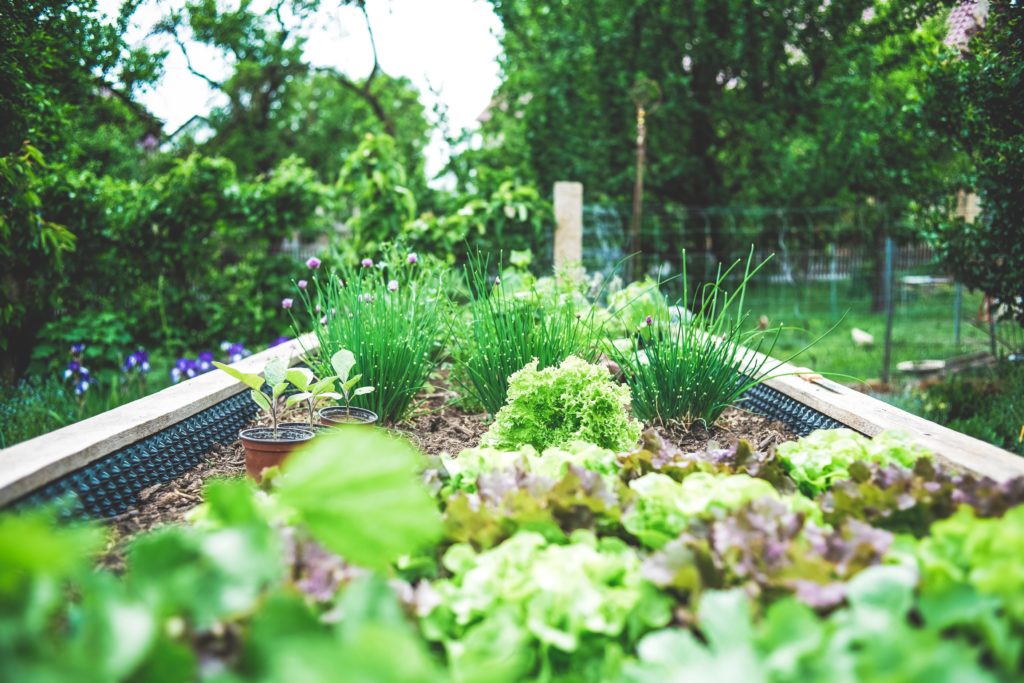How Does Your Planned Giving Garden Grow?

It’s the end of August. You know what that means, time to lock the doors to make sure your gardener friends don’t leave you more zucchini.
Way back in January, serious gardeners sat buried in cozy blankets while they perused their favorite seed catalogs and dreamed of the beginning of the growing season. Placed their orders. Prepared the growing trays. Planted the seeds. Watched the seedlings grow. Prepared the garden plots. Waited for the right week and transferred those seedlings to the garden.
Now they are enjoying an abundance of tomatoes, beans and squash.
For development professionals, it can feel like planned giving is a garden that just never grows. You try to plant seeds, but nothing comes up.
Now is the time to dream of what it could look like. A bounty of wealth — some say $68 trillion — will be transferred to the next generation over the coming 25 years. Estate gifts are the seeds that can produce an amazing harvest for your organization later on. You just need to make sure you have good seeds and fertile soil. Here’s a step-by-step guide to digging in and growing your planned giving garden:
- Prepare the audience with great messaging that inspires them to think about the legacy they will leave.
- Cultivate donors by continuing a conversation with them—you never know what life experience will trigger them to think about that legacy.
- Plant seeds for the future as you follow up with donors who express an interest in learning more.
- Plan for the harvest as you are notified that donors have included your nonprofit in their wills.
Canopy’s data-driven program has a proven track record for helping nonprofits through these steps with a minimal investment of their time and staff. We recently helped a Midwest food bank uncover an estimated $1.8 million in estate gifts. We can help you take advantage of this opportunity too!
